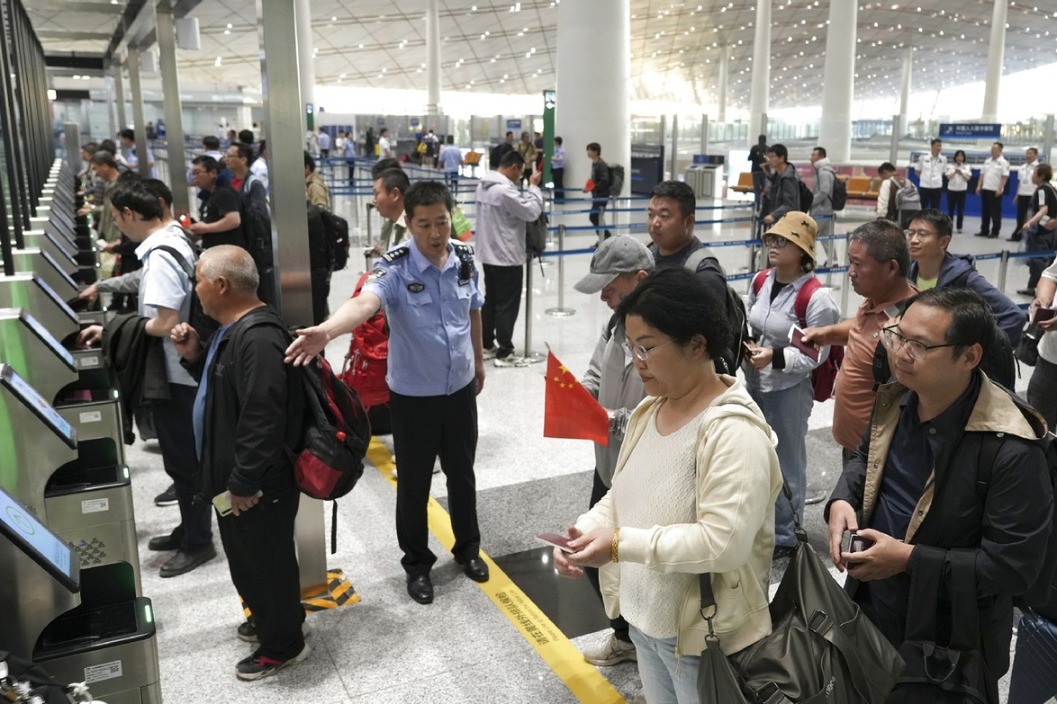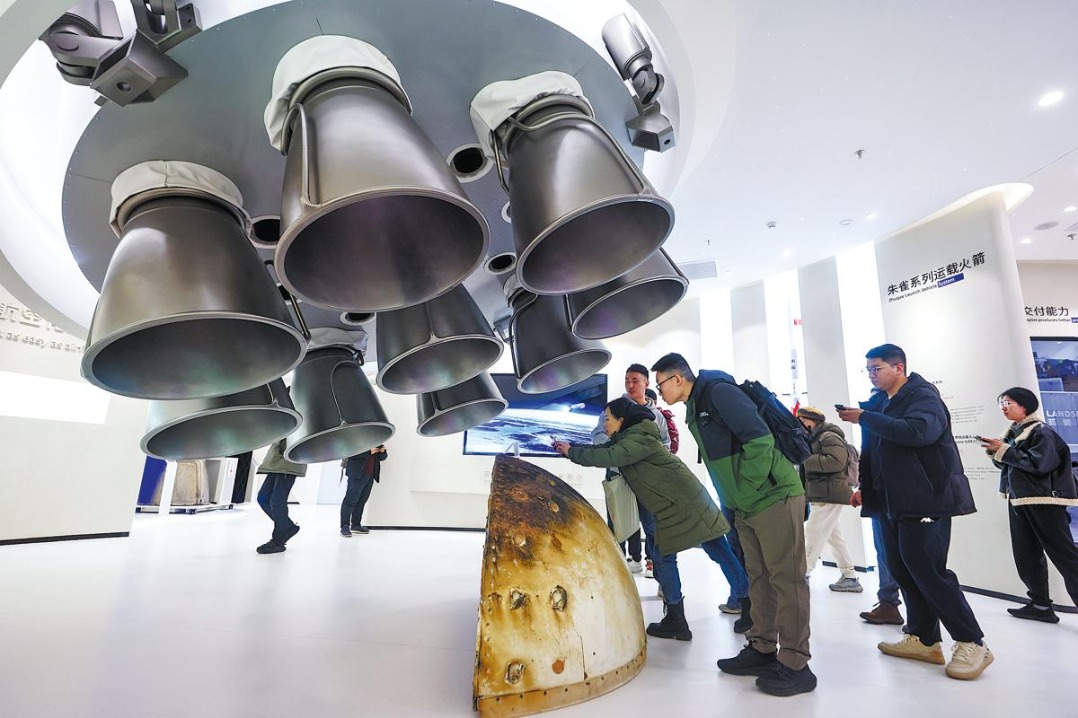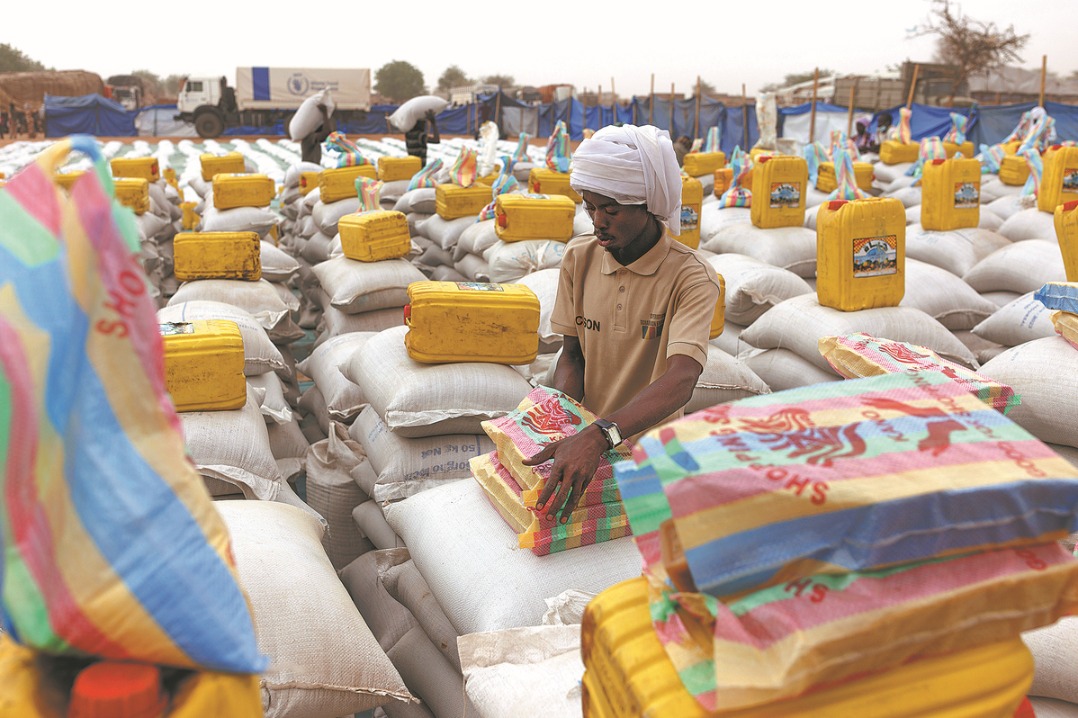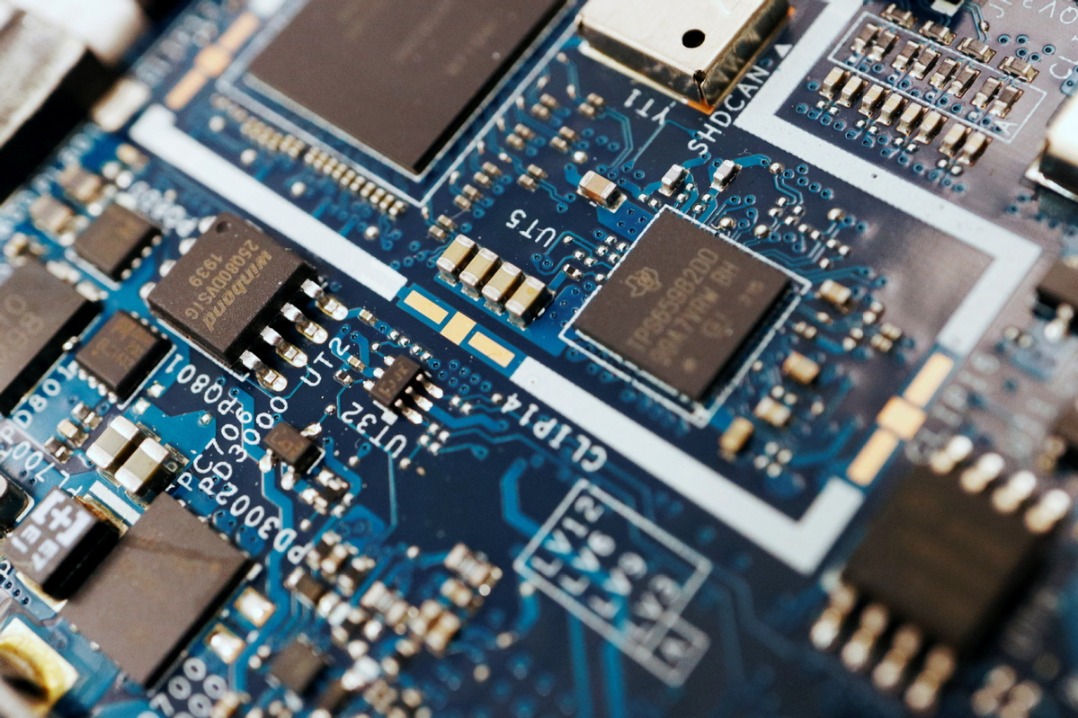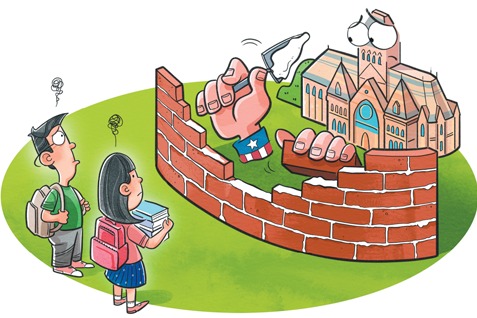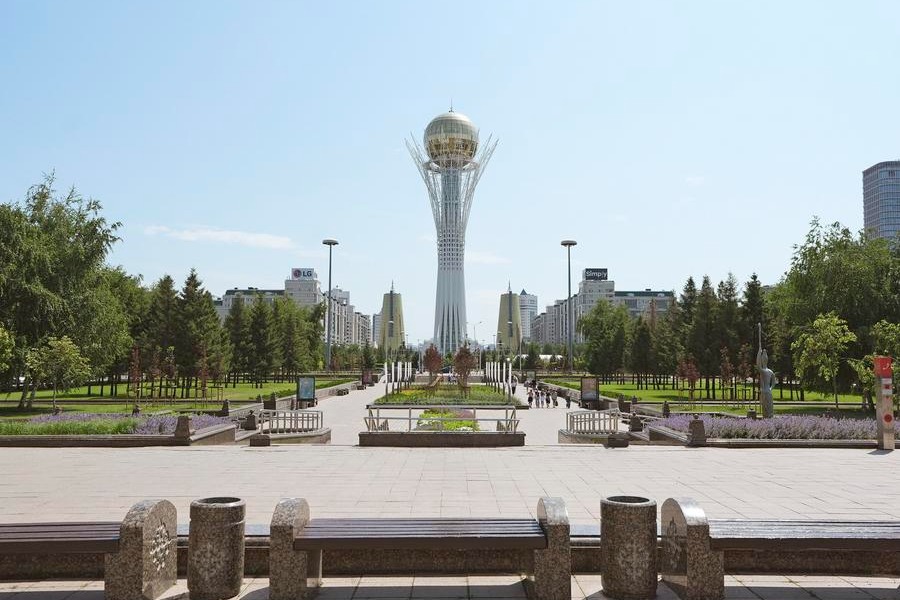Game changer
The CPEC is the epitome of the strong and robust Pakistan-China ties forged over the past seven decades


The China-Pakistan Economic Corridor is the epitome of decades of strong and robust Pakistan-China bilateral ties. It truly reflects China's vision of creating a community with a shared future and is the translation of China's economic progress and development into a transformer for Pakistan's economy. It is currently accumulating massive success in the execution and operationalization of its projects across the length and breadth of Pakistan. There have been tremendous challenges since its inception, but the CPEC has continued to grow and strengthen with each passing day, and is now in its second phase.
Launched in 2015, the CPEC has transformed Pakistan's economic landscape, creating millions of jobs and opportunities for development and lifting people from extreme poverty. While the first phase focused on infrastructure and energy-related projects, the second phase is providing opportunities in the economic backbone sectors, including agriculture and industry. The foundation of energy production units and road networks has been built, allowing enhanced connectivity and efficient trade. The cooperation in the power and energy sectors is at the heart of the CPEC, offering Pakistan the essential resources necessary for industrial development. The projects for power generation include solar, wind, nuclear and hydel power plants, and all the projects have been completed except the major dams, such as Diamer Bhasha Dam.
The construction work on CPEC projects, including power projects, did not stop even during the pandemic. The Pakistani and Chinese workforce continued to work primarily on hydel power projects. Once completed, these projects will provide cheap and clean energy to the national grid of Pakistan. It is estimated that these projects will add 17,000 megawatts of power to the national grid, meaning Pakistan will have a surplus of power resources.
After the K-1 and K-2, K-3 units of the Karachi Nuclear Power Plant, with a capacity of 10 billion kilowatts-hour electricity production per annum, are successfully operationalized this March, it will provide electricity for more than 4 million households. It will also reduce Pakistan's consumption of coal by up to 3.12 million metric tons, thus reducing 8.16 million tons of carbon emissions.
The second phase of the CPEC, which is currently in full swing, focuses on agriculture, industrial cooperation, and socioeconomic welfare. The establishment of special economic zones, the completion of Gwadar international airport, the operationalization of Gwadar port, and the launch of many manufacturing projects are planned for this phase. In addition, there are multiple corporate social responsibility projects associated with the CPEC to help people in remote areas receive education, healthcare, skills development, and get access to clean water. Sino Sindh Resources (Private) Limited, a company that manages Block I of Thar Coal power project, for example, has undertaken massive employee and public welfare programs. These include the empowerment of women, healthcare and education.
The health sector is another cornerstone of cooperation under the CPEC. A private joint venture has established a 200-bed intensive care unit for accident-related emergencies at the Pakistan Institute of Medical Sciences hospital in Islamabad. Chinese and Pakistani companies are also cooperating on the environment and climate change to combat escalating global warming and to promote Pakistan's green development.
The CPEC also emphasizes the participation of women. The Gwadar Women's Employment Development Center has been established to develop the skills of local women. China and the Poverty Alleviation and Social Safety Division and Ehsas Program Pakistan have signed a memorandum of understanding to work together to realize better poverty alleviation programs.
Technology is yet another area of close cooperation between Pakistan and China within and beyond the CPEC framework. Xiaomi, a leading Chinese technology company, is ready to establish a local manufacturing facility in Lahore. The local manufacturing of mobile phones will significantly reduce the prices of mobile phones. Cooperation in IT is the linchpin of bilateral cooperation under the CPEC. Agricultural technology is the rapidly growing area of cooperation where China is introducing innovative technology and modern means of agriculture to Pakistan to increase production and reduce the efforts.
The CPEC Authority of Pakistan and the Chinese Ministry of Ecology and Environment installed 3,000 units of solar panels at Nighori Ward in Gwadar, aiming to provide free-of-cost electricity for local users. Chinese companies have also completed the Water Desalination Plant in Gwadar, having a handling capacity of 4.5 million liters of water per day, enabling an instant and continuous supply of drinking water to the local people of Gwadar.
It is significant to note that after successfully transforming its industrial base and lifting its people out of abject poverty, China has contributed to Pakistan's development and poverty alleviation drive. All these CPEC projects have given Pakistan's economy a positive trajectory and set the direction for sustainable growth. The resources linked with the CPEC have been utilized to their potential, enabling Pakistan to increase its exports and debt servicing, and stabilize its currency. They are promoting high employment, a growing GDP and sustainable development.
Some regional and foreign voices have tried to undermine the achievements of this game-changing project for Pakistan. But the progress made in advancing this key project of the Belt and Road Initiative is reminiscent of China and Pakistan defying all political, strategic, economic, and security odds and marching forward arm in arm for a bright and shared prosperous future.
The author is founder of Friends of Belt and Road Initiative Forum in Pakistan.

















